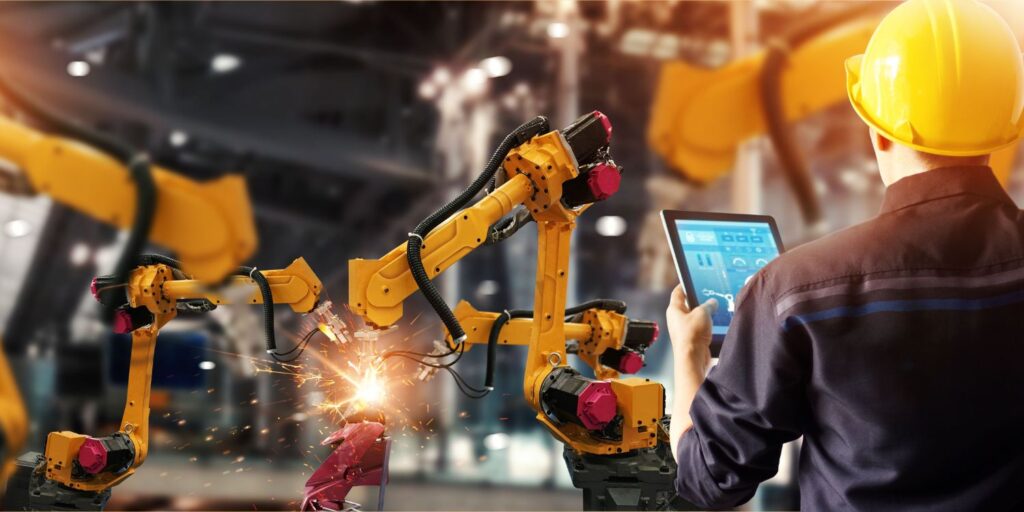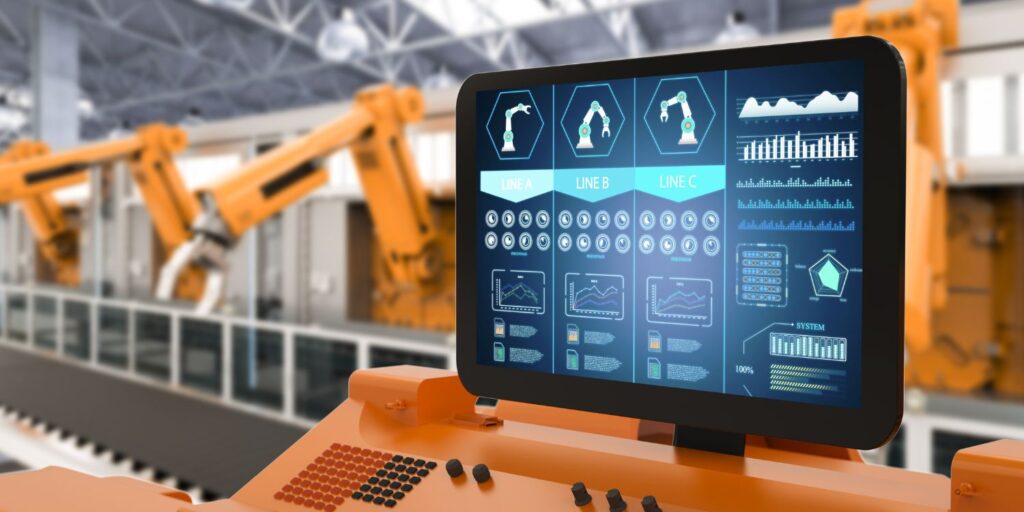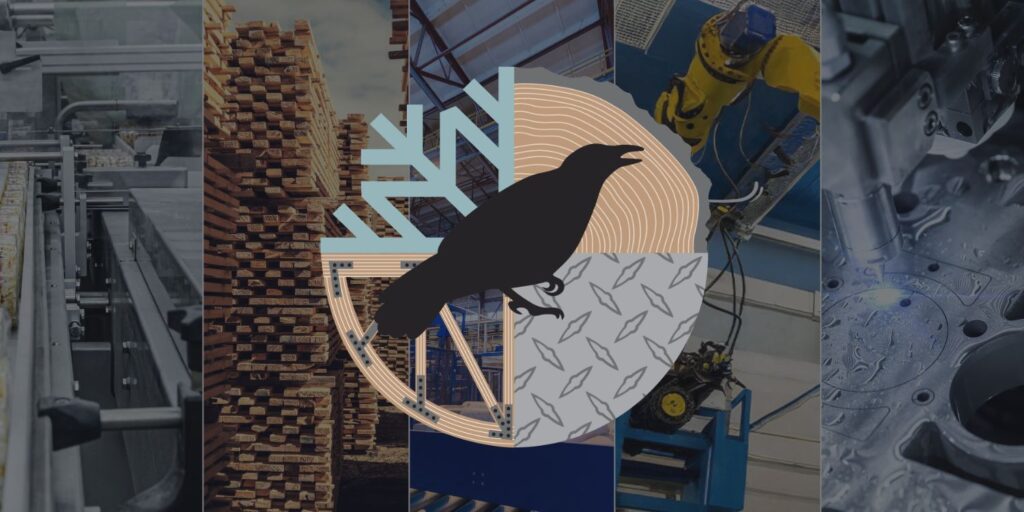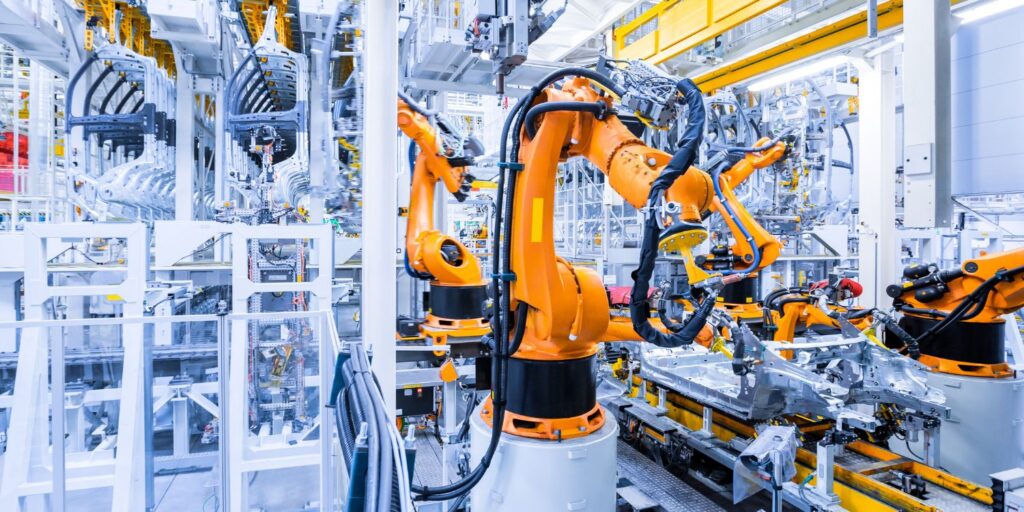Control Solutions
Benefits of Implementing Intelligent Agents- Infographic
Powered by AI, intelligent agents continuously monitor and optimize industrial processes. These autonomous systems analyze real-time data to predict machine behavior, adapt to changing conditions, and provide operators with valuable insights, all while ensuring smooth operation. Learn More About Intelligent Agents
Read MoreWhat is Human Machine Interface?
Machinery is an important asset for industrial operations, and optimizing the way we control and understand machinery is critical, which leaves many operators asking the question—what is human machine interface? What is Human Machine Interface? Human Machine Interface (HMI) refers to the user interface that connects operators to the machinery and systems they control. These…
Read MoreUnleashing the Power of AI in the Manufacturing Industry- Infographic
There’s a clear hierarchy: safety, environment, quality, production. Focusing on safety enhances all other aspects. If you eliminate safety risks, you improve quality and productivity. By using AI through the lens of safety, we can enhance every dimension of the operational process. Safety improvements naturally lead to better quality and increased productivity. It’s a chain…
Read MoreCrow Engineering Partners with RIOS to Revolutionize the Wood Products Industry
Crow Engineering is excited to announce our partnership with RIOS to drive innovation, enhance capabilities, and improve efficiency in the wood products industry.
Read MoreAllen-Bradley PLCs: Revolutionizing Integrated Control Systems
Allen-Bradley PLC stands out as a pioneer and leader in the realm of industrial automation. Technology Transforming Automation Owned by Rockwell Automation, Allen-Bradley is renowned for its extensive range of factory automation equipment, including Programmable Logic Controllers (PLCs), human-machine interfaces (HMIs), sensors, safety components, and more. These technologies are integral to improving safety, increasing quality,…
Read MoreHow Control Systems Improve Wastewater Efficiency
Wastewater efficiency management is crucial for sustainable development, environmental protection, and public health. As populations grow and industrial activities expand, the demand for efficient wastewater treatment processes increases. Optimizing your waste managment by optimizing your control systems is key to achieving this goal. Control Systems, PLC Controls Benefit Wastewater Treatment Control systems, particularly Programmable Logic…
Read MoreEquipment Efficiency Optimization: Maximize Manufacturing Processes Strategically
Equipment efficiency optimization within the manufacturing sector is critical for enhancing operational efficiency, effectiveness, and overall productivity. This process involves a systematic approach to improving the machinery and tools involved in production, ensuring they operate at their highest potential. The Many Benefits of Equipment Efficiency Optimization Effective equipment optimization increases the output and quality of…
Read MoreAutomation Machines: Revolution In Manufacturing
Automation Machines: Revolutionizing Manufacturing The manufacturing industry is undergoing a significant transformation driven by the integration of automation and digital technologies. This evolution boosts efficiency and redefines the core of manufacturing processes. Automation machines are leading the way, paving the future of manufacturing. Addressing the Labor Challenge with Smart Automation One key trend in manufacturing…
Read More







